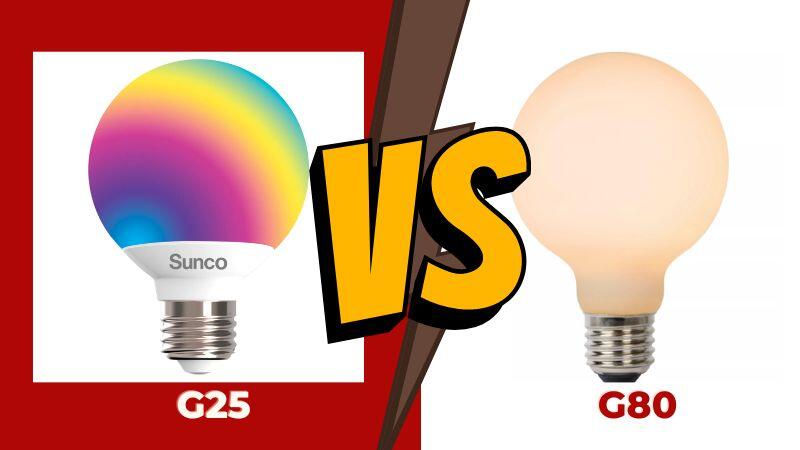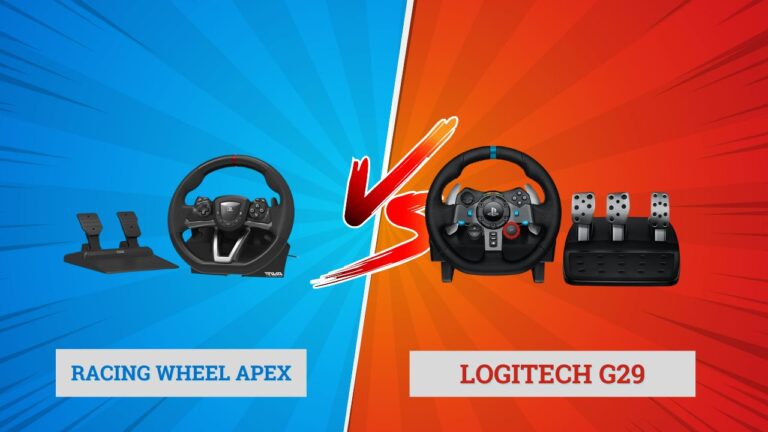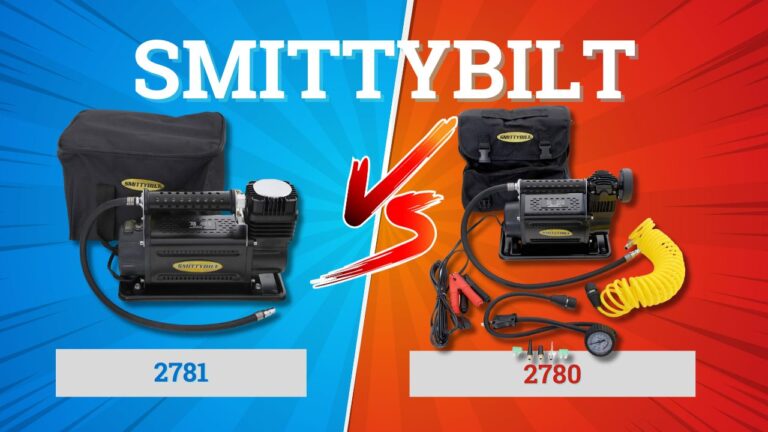Lighting is an essential aspect of interior design, playing a crucial role in setting the ambiance and enhancing the aesthetics of a space. Among the various types of light bulbs available, G25 and G80 bulbs are popular choices for residential and commercial applications. In this article, we will delve into a comprehensive comparison between G25 and G80 bulbs, exploring their features, applications, energy efficiency, and overall performance.
Differences Between G25 and G80 Bulbs
G25 vs G80 Bulbs Comparison
| G25 Bulbs | G80 Bulbs | |
|---|---|---|
| Shape | Spherical (3.125 inches diameter) | Larger Spherical (3.15 inches diameter) |
| Base | Medium/Standard (E26/E27) | Medium/Standard (E26/E27) |
| Applications | Bathroom vanities, dressing rooms, makeup areas | Pendant lights, chandeliers, decorative lighting |
| Energy Efficiency | Varies based on technology | LED offers high energy efficiency |
| Lifespan | Varies based on technology | LED offers longer lifespan |
| Brightness | Varies based on technology and wattage | Higher light output due to larger size |
| Decorative Options | Available in decorative and filament styles | Available in decorative and filament styles |
Understanding G25 Bulbs
G25 bulbs, also known as globe bulbs, feature a spherical shape with a diameter of 3.125 inches (7.9375 cm). They typically have a medium or standard E26/E27 base, making them compatible with most standard fixtures. G25 bulbs are available in various technologies, including incandescent, halogen, LED, and CFL, offering versatility to users based on their preferences and requirements.
Check also – G25 vs G45 Bulbs: What are the Differences?
Exploring G80 Bulbs
G80 bulbs, also referred to as globe-shaped bulbs, feature a larger spherical design with a diameter of 3.15 inches (8 cm). These bulbs also commonly come with a medium or standard E26/E27 base. G80 bulbs are available in different lighting technologies, including LED, ensuring energy efficiency and longer lifespan compared to traditional incandescent alternatives.
Applications and Aesthetics
Both G25 and G80 bulbs are popular choices for a wide range of applications, including residential, commercial, and decorative lighting. G25 bulbs are commonly used in bathroom vanities, dressing rooms, and makeup areas, as their spherical shape and diffused light provide an even and flattering illumination. On the other hand, G80 bulbs are often used in pendant lights, chandeliers, and other fixtures where a larger bulb size can create a statement or focal point.
Energy Efficiency and Lifespan
When it comes to energy efficiency, G80 bulbs have the edge over G25 bulbs. LED versions of both bulb types offer significant energy savings compared to their incandescent counterparts. G80 LED bulbs can provide even greater efficiency due to their larger size, allowing for more efficient heat dissipation and higher lumens per watt output. Additionally, LED bulbs have a much longer lifespan than incandescent bulbs, reducing the frequency of replacements and maintenance costs.
Brightness and Light Output
While G25 and G80 bulbs can both produce ample illumination, G80 bulbs tend to offer higher light output due to their larger size. However, the actual brightness and light output depend on the specific technology and wattage of the bulbs chosen. LED bulbs, regardless of their size, generally provide excellent brightness, color rendering, and dimming capabilities, making them a preferred choice for many lighting applications.
Decorative and Filament Options
Both G25 and G80 bulbs are available in decorative and filament styles, adding a vintage or retro touch to the lighting design. Filament bulbs, often designed to mimic the look of traditional incandescent bulbs, feature visible filaments that emit a warm and inviting glow. These options can enhance the visual appeal of spaces where aesthetics play a significant role, such as restaurants, hotels, and homes with vintage-inspired décor.
Conclusion
When comparing G25 and G80 bulbs, it is crucial to consider their respective features, applications, energy efficiency, and light output. G25 bulbs excel in providing diffused illumination and are commonly used in smaller fixtures, while G80 bulbs offer a larger size and higher light output, making them suitable for statement lighting and decorative purposes. Ultimately, the choice between G25 and G80 bulbs depends on individual preferences, lighting needs, and the desired ambiance of the space.




